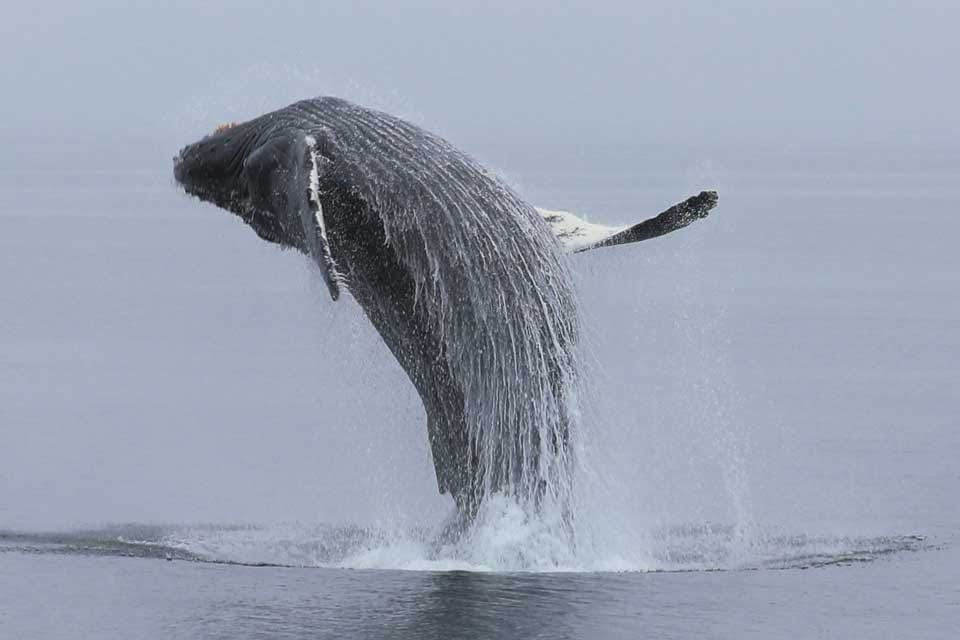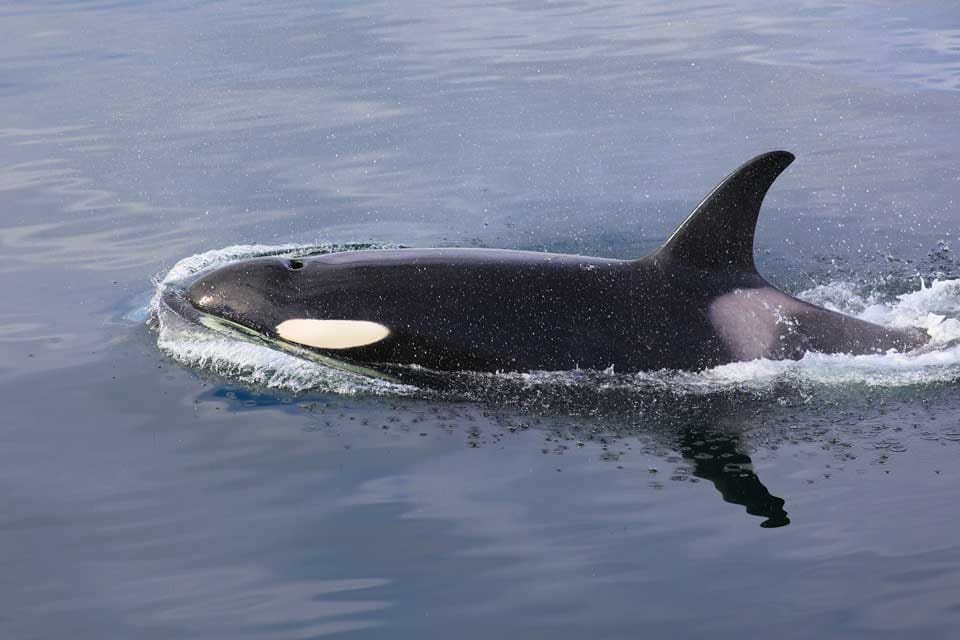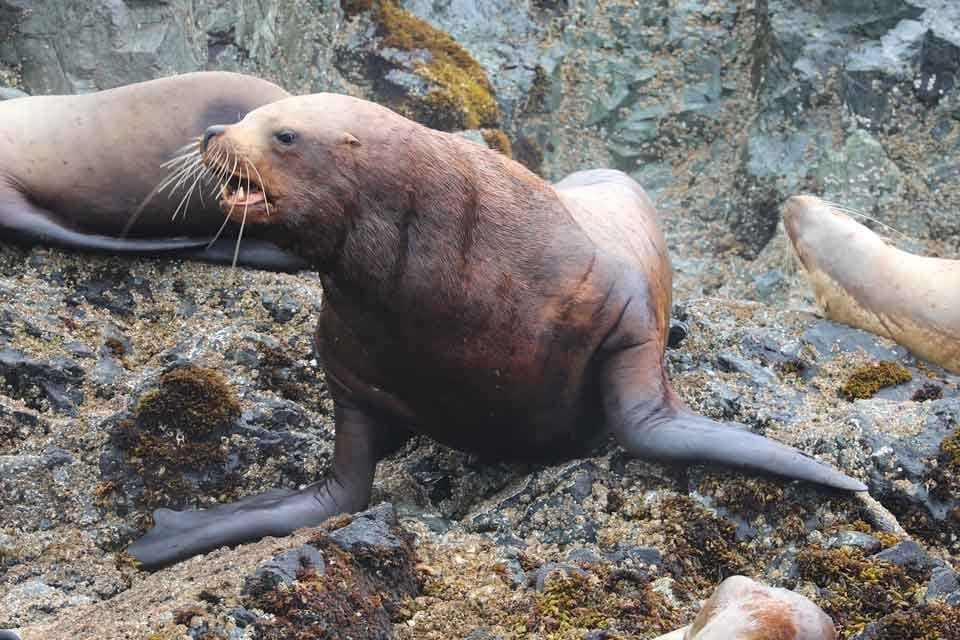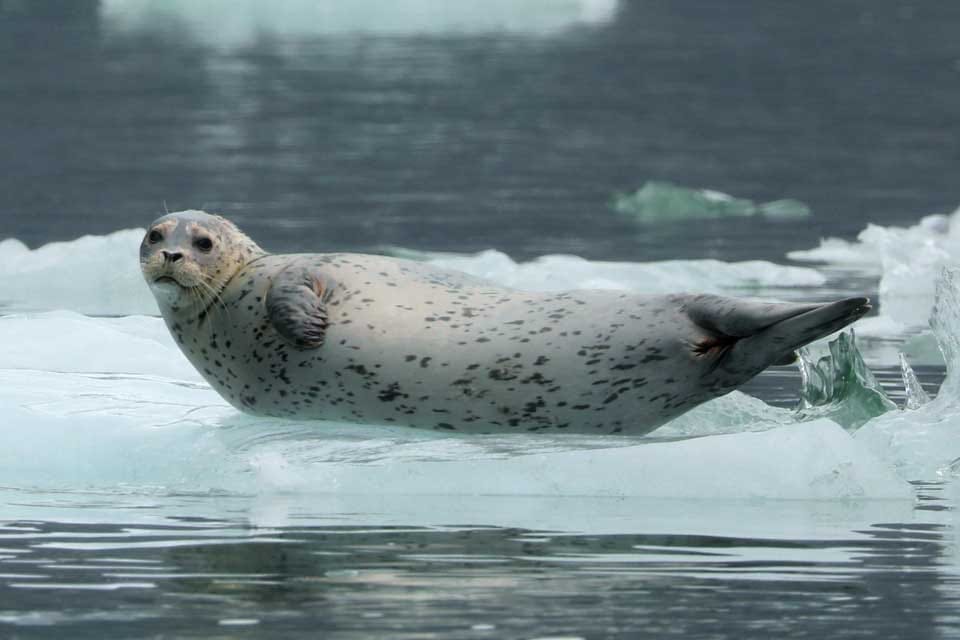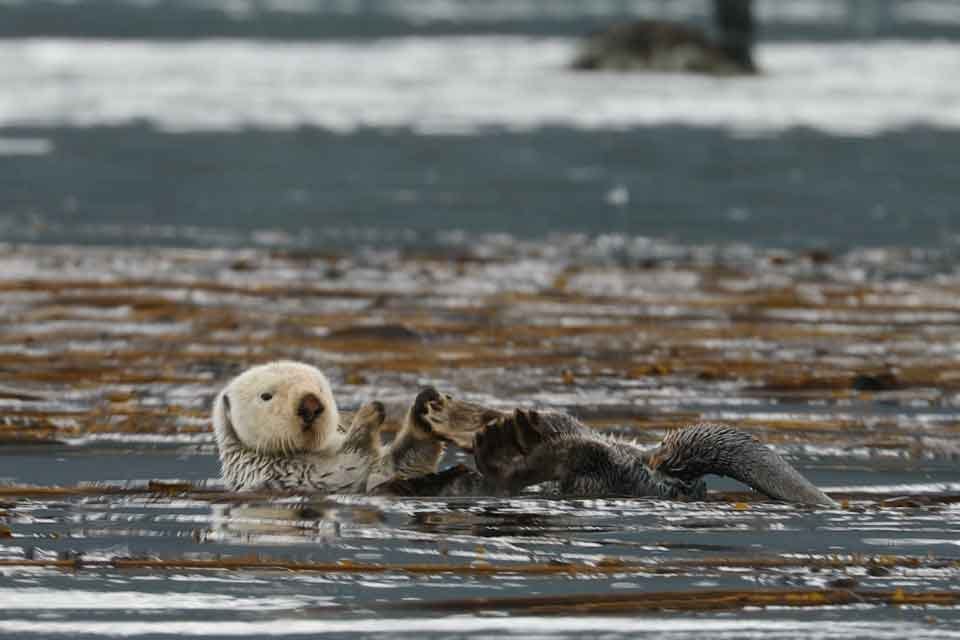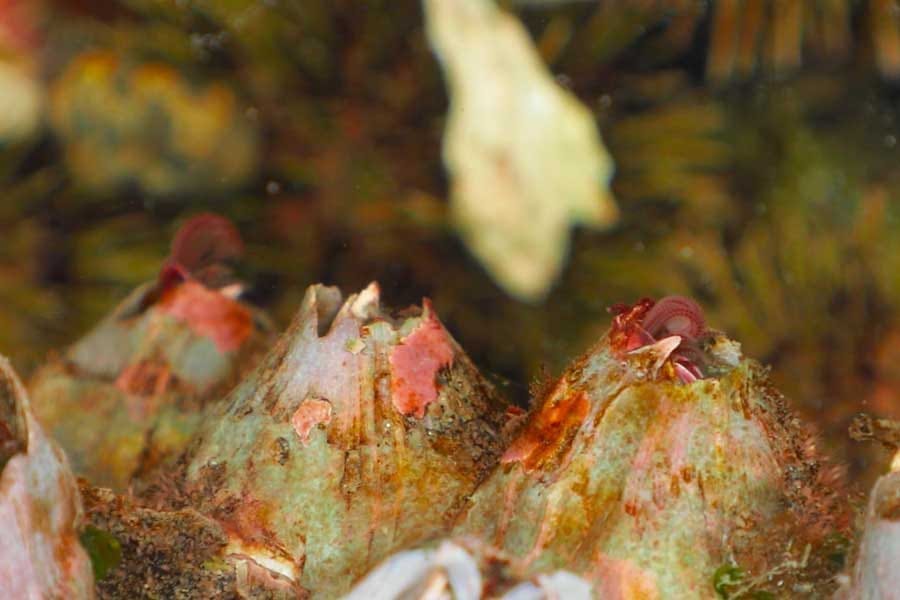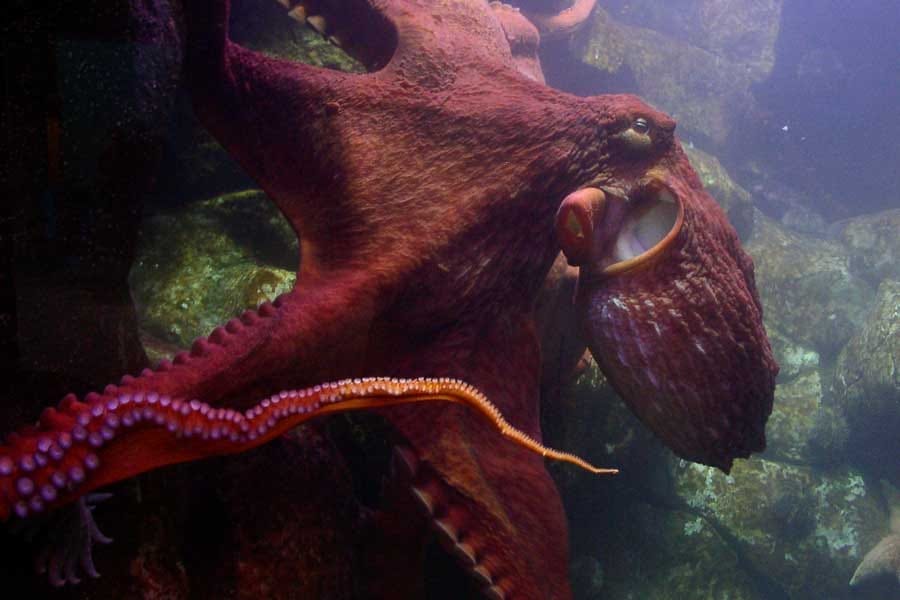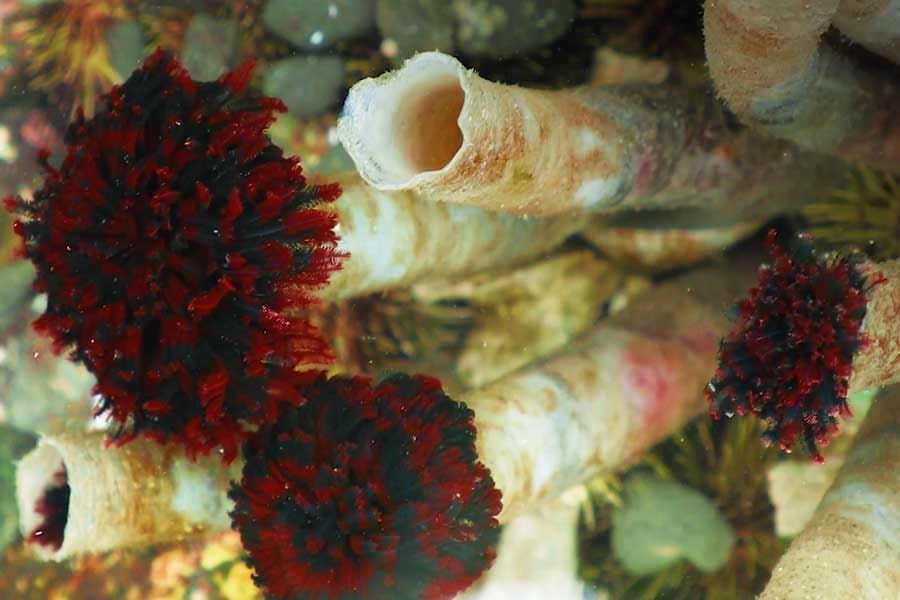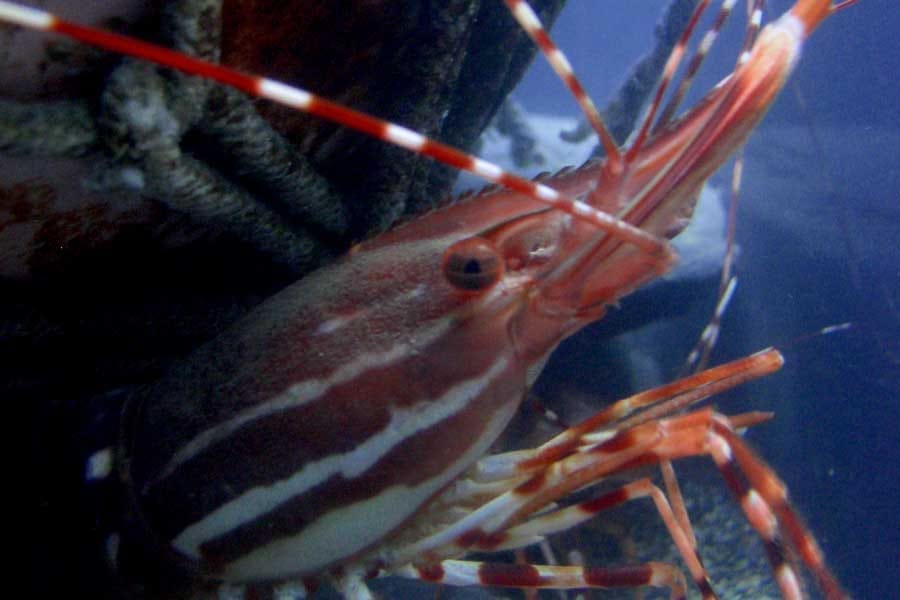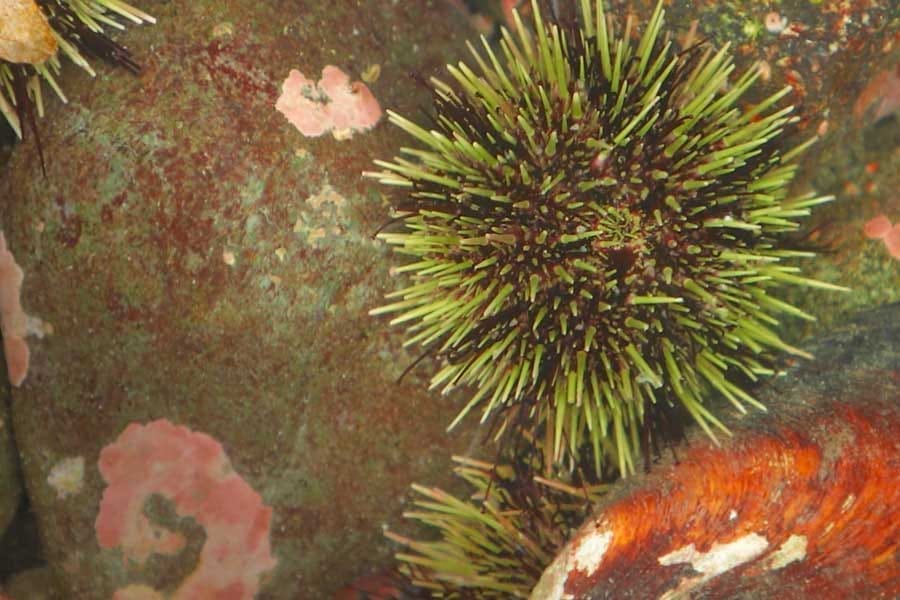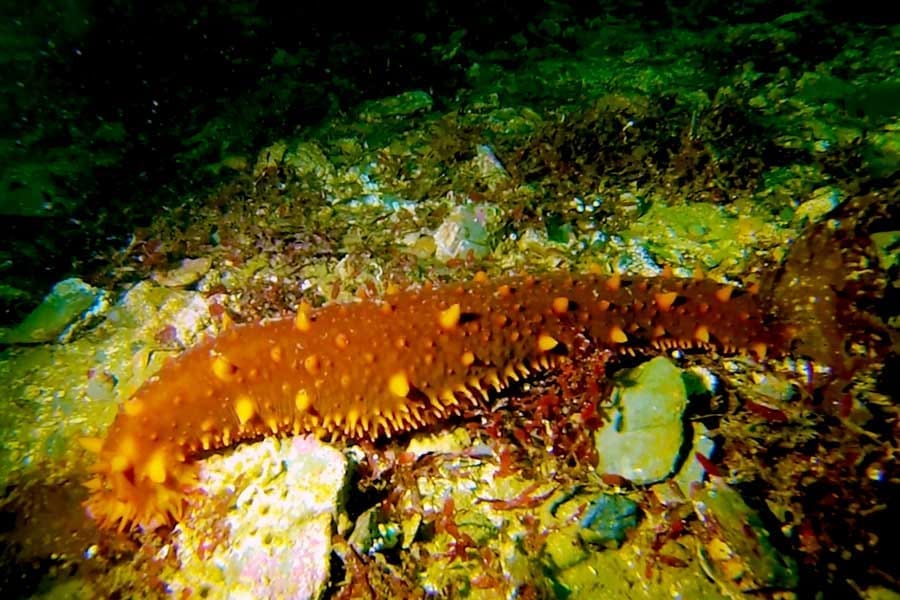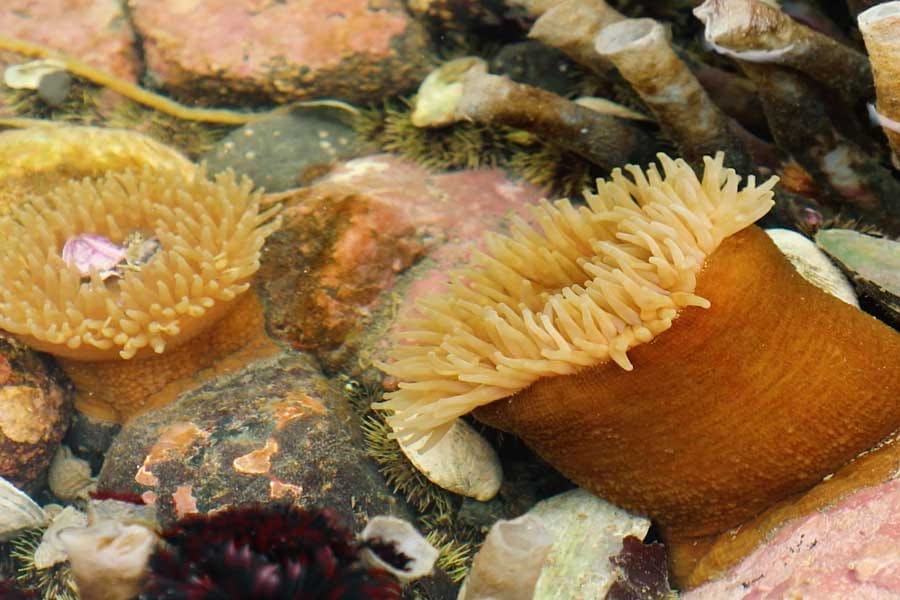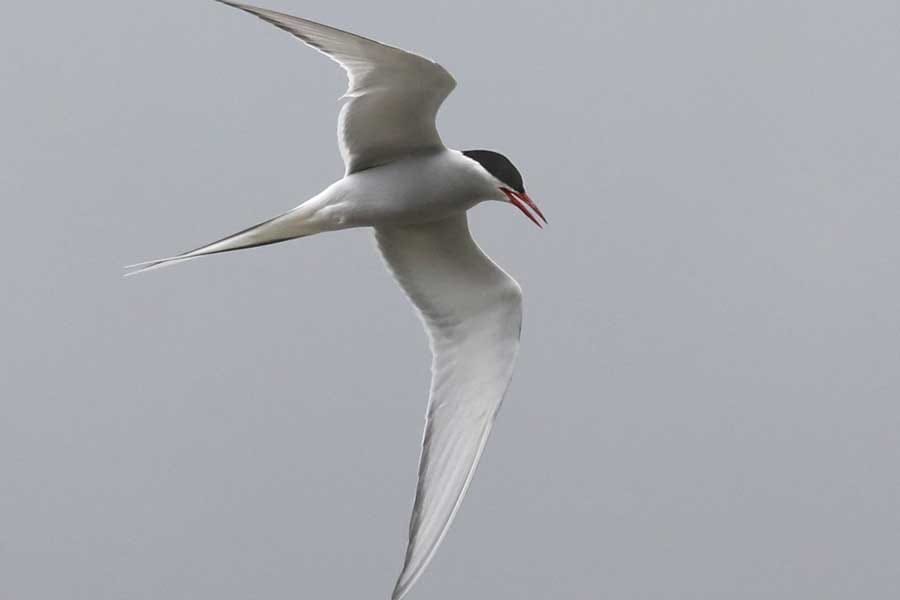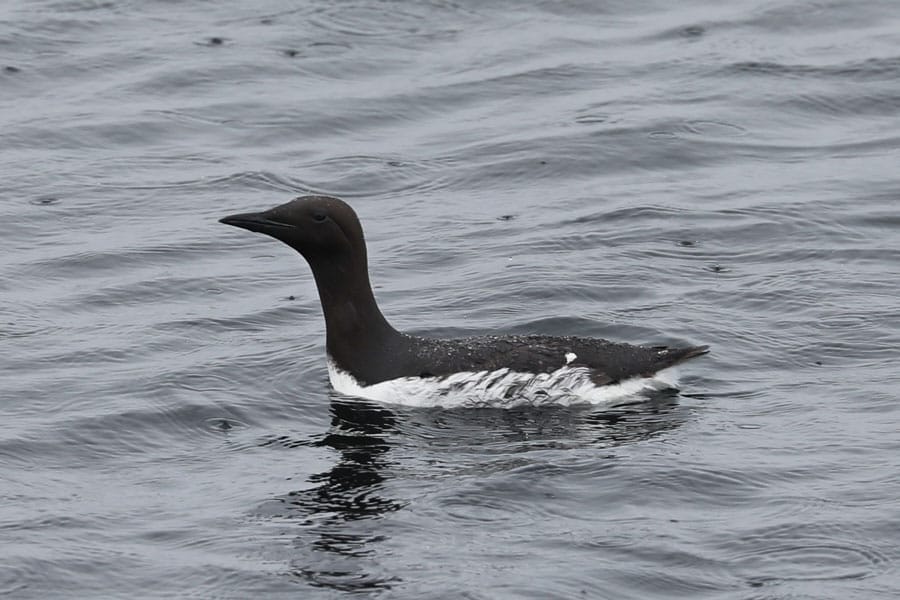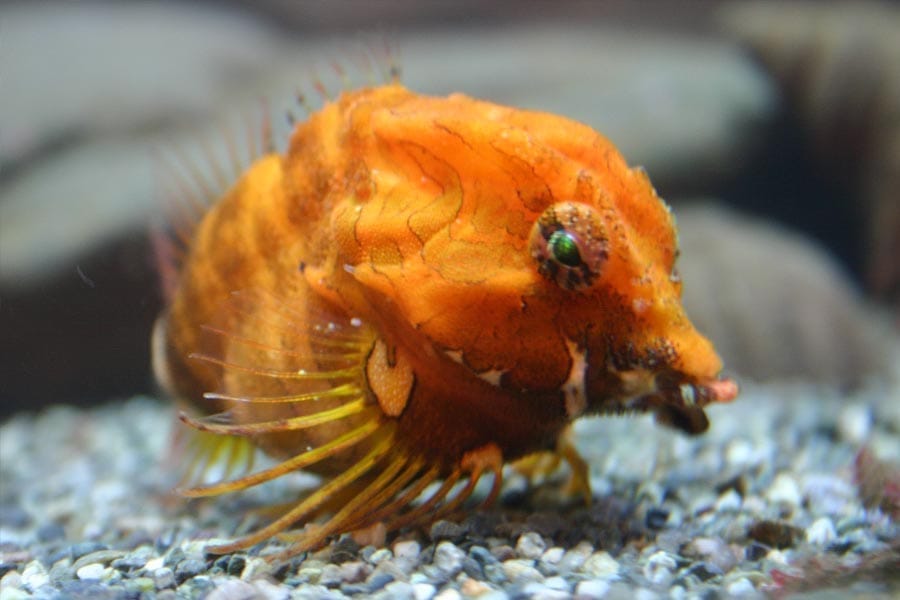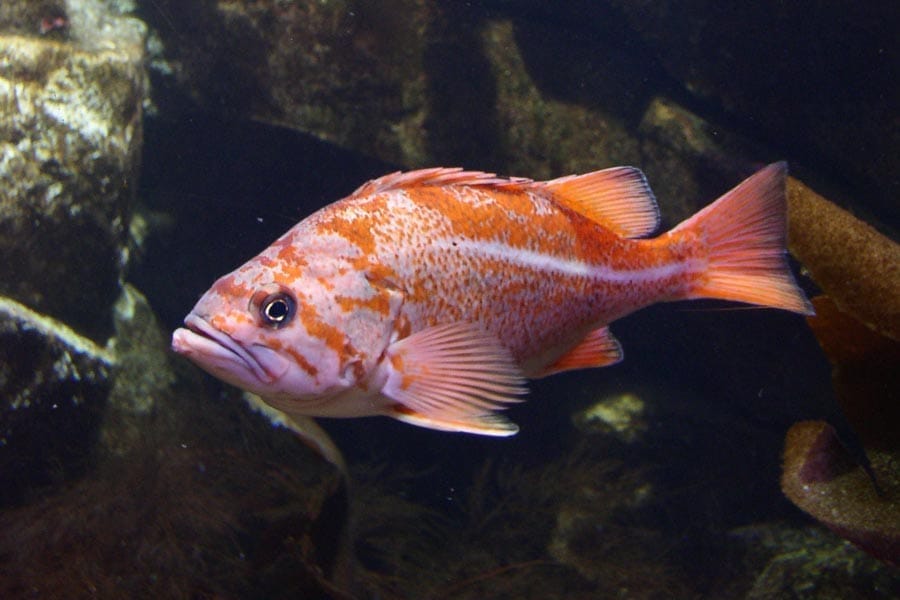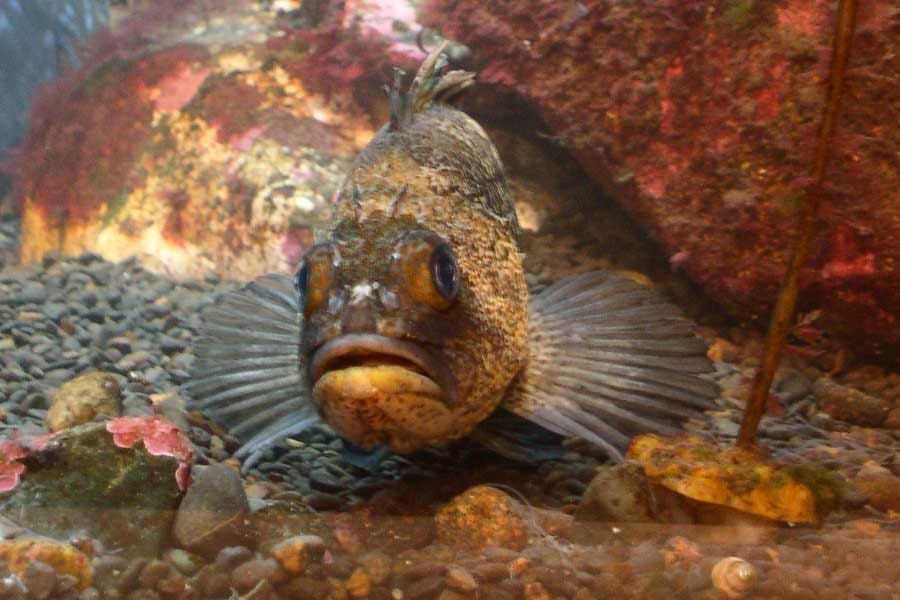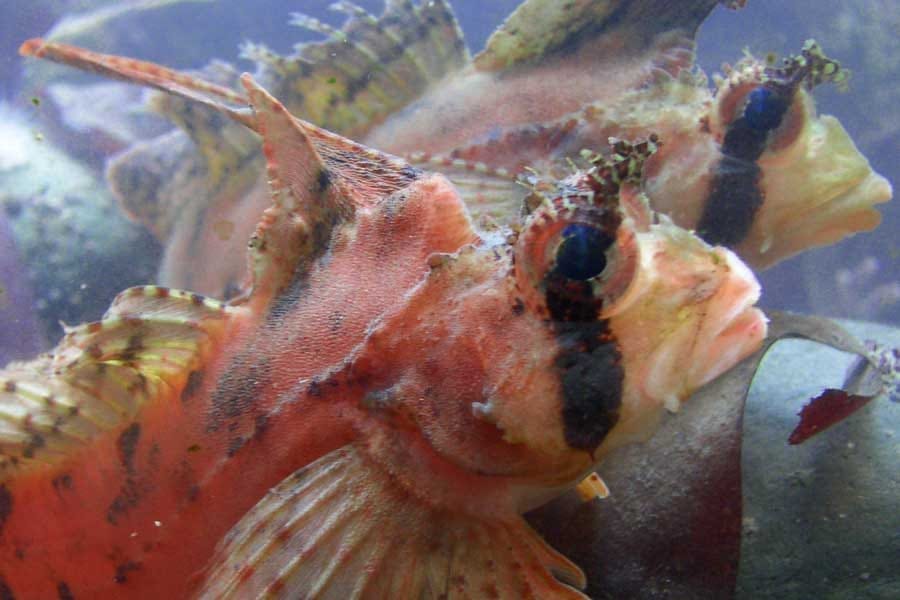PETERSBURG MARINE MAMMAL CENTER
Supporting marine mammal education and stranding response in Southeast Alaska
WHAT WE DO
The Petersburg Marine Mammal Center develops education programs, assists research efforts and is a disseminator of information on research and sightings of marine mammals in Southeast Alaska.

STRANDING RESPONSE
Responding to wildlife strandings and entanglement events as an active member of the National Marine Mammal Stranding Network
OUTREACH
Informing the community, boaters, fishermen and visitors about marine research, ocean science and stranding prevention
EDUCATION
Exposing students to marine science and related careers while promoting awareness of the marine environment
RESEARCH
Assisting researchers, supporting citizen scientists and encouraging marine science activities in Southeast Alaska
Report stranded, injured, entangled or dead marine mammals 24/7 to NOAA Fisheries
1•877•925•7773
Biodiversity of Southeast Alaska
VIRTUAL AQUARIUM
Frederick Sound
The marine environment near Petersburg, Alaska is abundant with North Pacific sea life. It is a rich ecosystem consisting of plankton, fish, and invertebrates. Because of this wealth of marine life, the waters of Frederick Sound are primary feeding grounds for migratory humpback whales and other marine mammals.
CONTACT US
COPYRIGHT 2025 PETERSBURG MARINE MAMMAL CENTER
ALL RIGHTS RESERVED. NO IMAGES OR CONTENT MAY BE USED WITHOUT PERMISSION.
Privacy policy | Terms of use | Cookies

